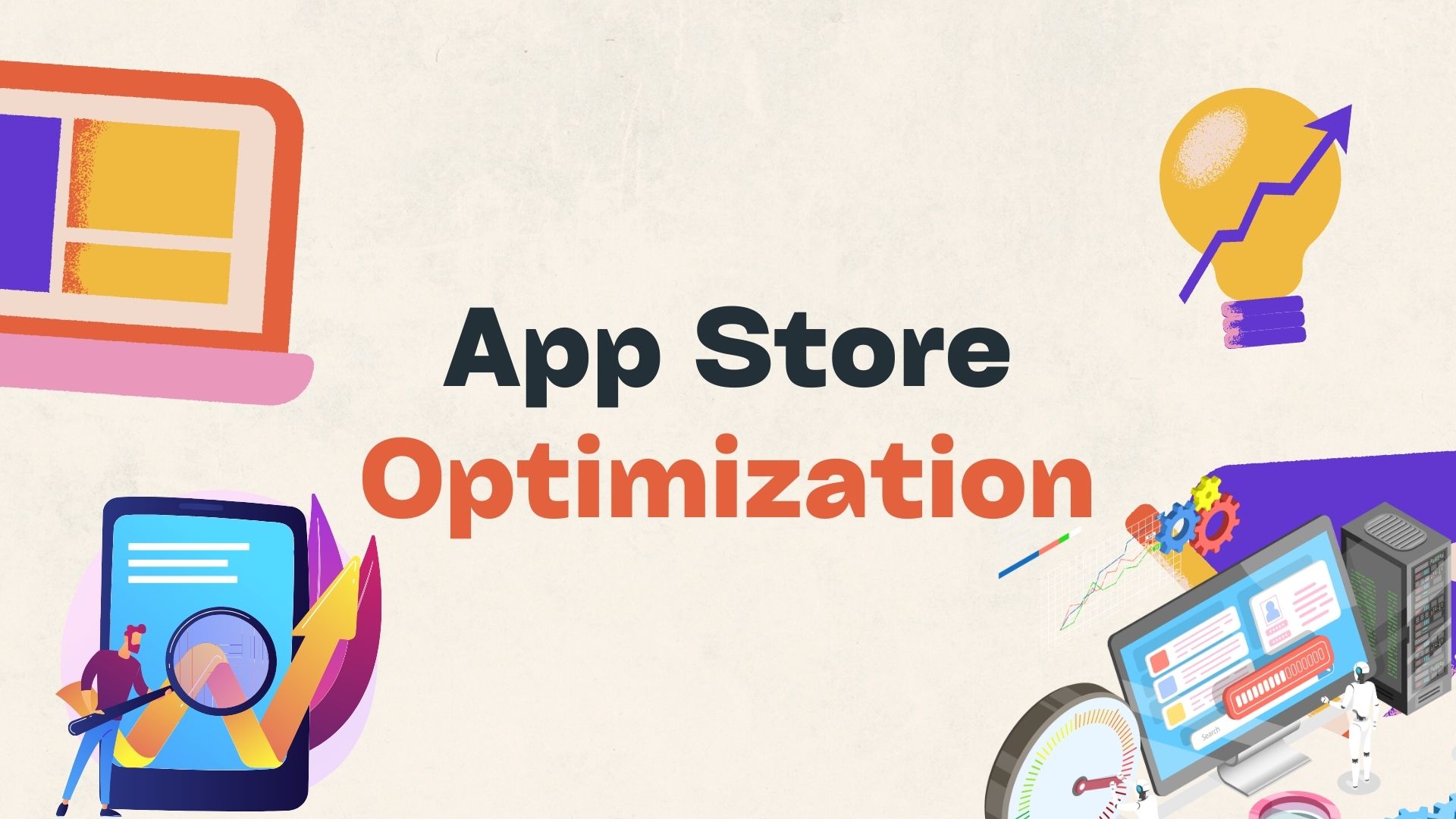Microsoft and HP Could Reshape the IT Landscape
Among the flood of computing vendor announcements that marked the start of the new year was one that might have been easily overlooked: Microsoft and HP unveiled converged application appliances for small businesses, business intelligence, analytics and email serving.
Neither Microsoft (NASDAQ: MSFT) nor HP (NYSE: HPQ) is the first to provide “turnkey black boxes” for business intelligence, and neither Microsoft nor HP has been as front-and-center in press and analyst coverage as Apple, Google, or Facebook over the last two to three years — nor, apparently, as financially successful. Moreover, on the face of it, nothing suggests that this is anything more than the latest in a long string of vendor announcements that do not indicate partiality for the partner du jour on either side, but rather the fleshing out of each side’s alliances of the moment.
I would suggest, however, that this may — may — be an indicator of a much bigger computing industry realignment, with major implications for IT and enterprise application buyers.
Setting the Stage: Industry Platforms Simplify
It appears that, over the last few years, users’ choices between vendor architectures have become significantly less complex. The folding of Sun into Oracle (NASDAQ: ORCL), as well as smaller acquisitions of second-tier database vendors (Sybase) and middleware and enterprise application suppliers (from PeopleSoft to BEA), means that a few major vendors now clearly outstrip the rest in covering the entire software and hardware stack. It is, in fact, possible to say that there are three major choices for “black boxes for all needs,” of which two are Oracle and IBM (NYSE: IBM).
At the same time, the choice of platform becomes ever clearer. Two “movements” have survived and thrived in the chaos of Internet innovation: the Windows platform and the Linux one. Moreover, two scalability technologies have become dominant — “distributed”/scale-out and scale-up — both of which have added strong virtualization capabilities over the last decade, and are therefore well positioned for cloud computing and “cloudified,” virtualized enterprise applications.
Fairly or unfairly, IBM is seen as stronger in scale-up and less strong in scale-out. The question then becomes, who will dominate the business market for scale-out platforms? What vendor or vendors have the experience, breadth of products and services and ability to bridge Windows and Linux that such a dominant position requires?
Oracle is an obvious candidate. It now has the ability to integrate scale-out hardware, storage, middleware and infrastructure software (especially for data management) that lets it fit scale-out environments like PC-dominated large-enterprise divisions and medium-sized businesses, as well as resuscitate the remains of the “Oracle and a Sun” Internet startups of the late 1990s, and use the same platform to fit all kinds of popular architectures, ranging from grid to loosely-coupled to public-cloud server farm. And, of course, it has a strong enterprise app suite and BI offering.
However, there are two problems. First, Oracle has until recently consistently been sending the message of not supporting the kind of development and database anarchy that has characterized MySQL, Hadoop and Vertica. And second, Sun hardware revenues and market share, long declining, appear to be continuing to shrink — meaning that Sun/Oracle hardware is becoming less of a factor in public and private clouds and enterprise app platforms.
Wayne Kernochan of Infostructure Associates has been an IT industry analyst focused on infrastructure software for more than 20 years.

Wayne Kernochan has been an IT industry analyst and auther for over 15 years. He has been focusing on the most important information-related technologies as well as ways to measure their effectiveness over that period. He also has extensive research on the SMB, Big Data, BI, databases, development tools and data virtualization solutions. Wayne is a regular speaker at webinars and is a writer for many publications.









